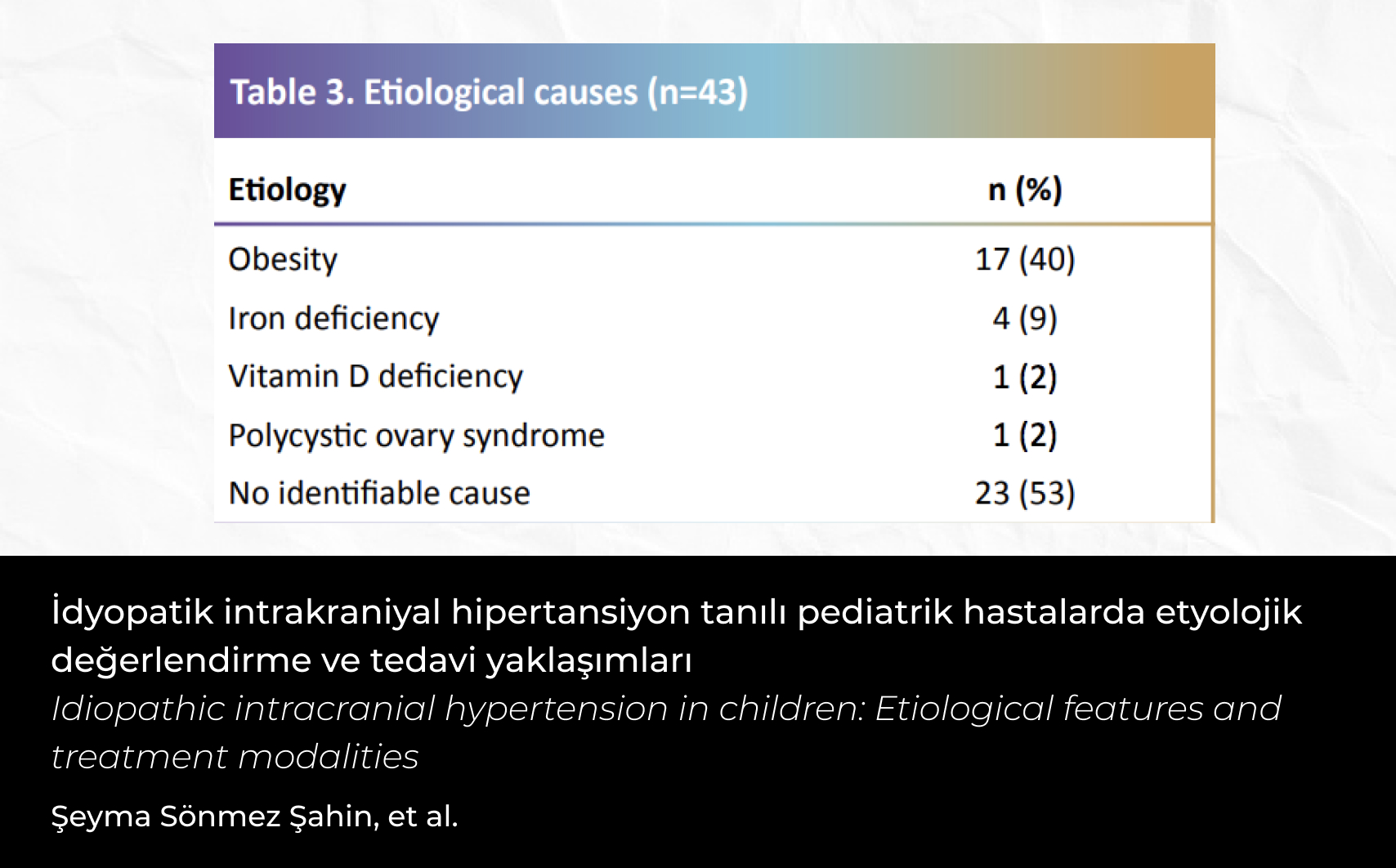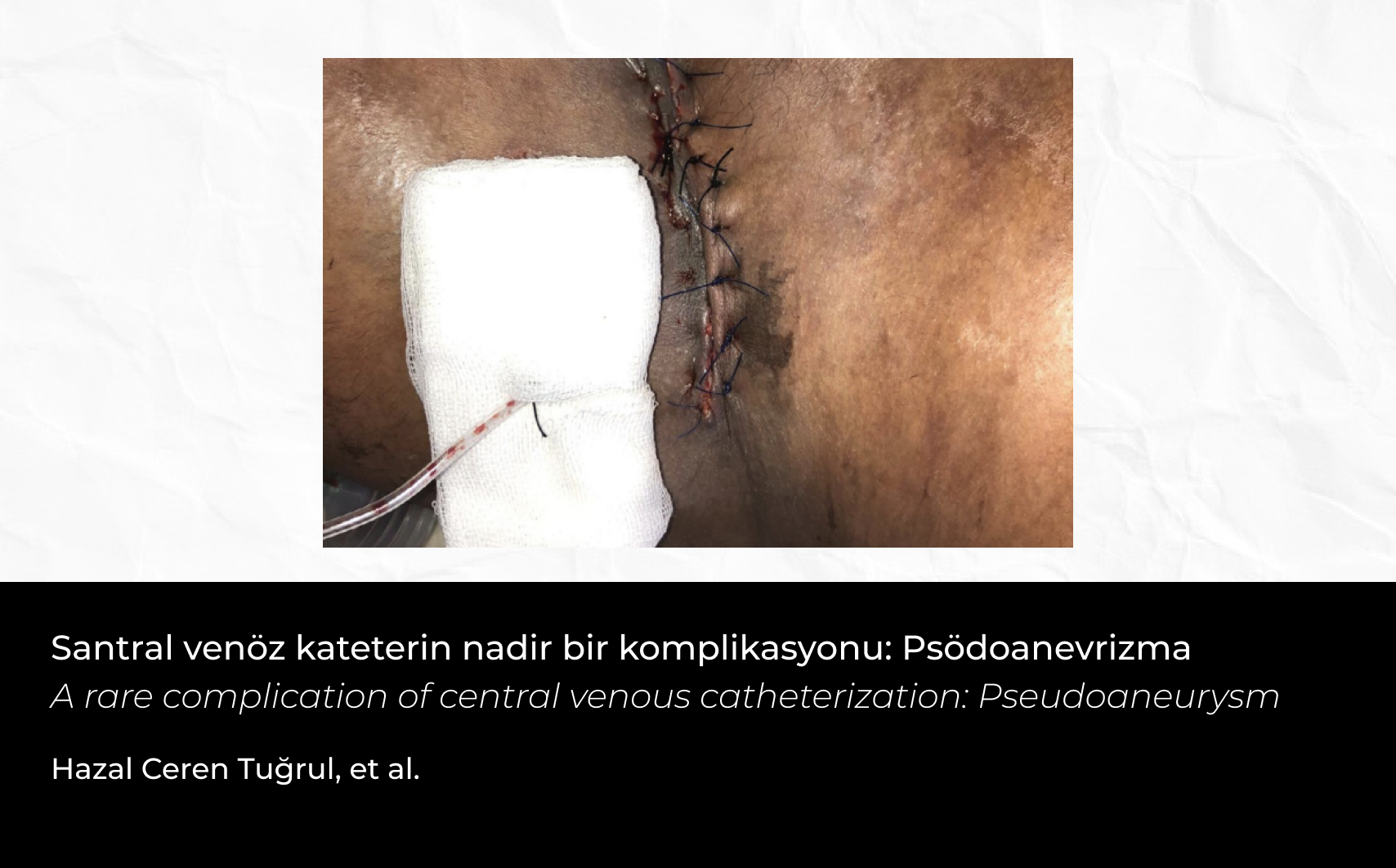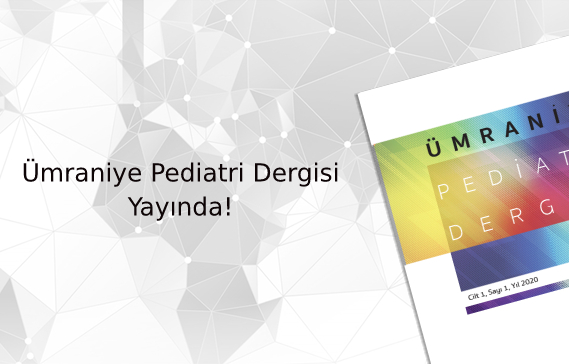2Sağlık Bilimleri Üniversitesi, Ümraniye Eğitim ve Araştırma Hastanesi, Yenidoğan Kliniği, İstanbul, Türkiye
Özet
Amaç: Yenidoğan yoğun bakım ünitesinde yapılan rutin ön fontanel US tetkiklerine mastoid fontanel kranial ultrasonografi (MF-CUS) incelemesinin de eklenmesinin faydalarını sunmayı amaçladık.
Gereç ve Yöntemler: Ocak 2020–Ocak 2023 tarihleri arasında hastanemiz yenidoğan yoğun bakım ünitesinde yatan gestasyonel yaşı 28–40 hafta aralığında olan toplam 2400 yenidoğan hasta çalışmaya dahil edildi. Tüm hastalara ön fontanelden US yapıldı ve sonuçlar kaydedildi. Daha sonra aynı hastalar kör olarak mastoid fontanel yaklaşımla transfontanel US ile değerlendirildi. Gerekli hastalara kontrol MRG yapıldı. Böylece rutin incelemelerde mastoid fontanel yaklaşımının tanıya katkısı araştırıldı.
Bulgular: Toplamda bakılan 2400 hastanın 48 tanesinde anterior fontanelden yapılan US inceleme ile tespit edilemeyen ancak mastoid fontanelle bakıda tespit edilebilen patolojik bulgular mevcuttu. Mastoid fontanel US ile bu hastaların 15 tanesinde lateral ventriküler oksipital hornunda dilatasyon ve hemorajik materyal, 12 tanesinde izole serebellar vermis hipoplazisi, 9 tanesinde serebellar hematom, 3 tanesinde serebellopontin hipoplazi, 3 tanesinde 4. ventrikül içinde hemorajik materyal, 1 tanesinde transvers sinüs trombozu, 1 tanesinde serebellar hemisferik hipoplazi, 1 tanesinde Dandy walker malformasyonu, 1 tanesinde mega sisterna magna, 1 tanesinde serebeller vermis hipoplazisi (Walker Walburg Syndrome) ve 1 tanesinde subdural koleksiyon saptandı. Bunlardan 8 hastada bulgular MRG ile kontrol edildi.
Tartışma: Başta konjenital malformasyonların ve serebeller hemorajilerin tespiti olmak üzere sadece posterior fossa değerlendirmesinde anterior fontanel yaklaşımla yapılan US incelemeleri yetersiz kalmaktadır. Bu nedenle rutin transfontanel US incelemelerine mastoid fontanel yaklaşım ile değerlendirmesinin de eklenmesi tanıya önemli katkılar sağlamaktadır.
2Department of Neonatology, University of Health Sciences, Ümraniye Training and Research Hospital, İstanbul, Türkiye
Abstract
Objective: We aimed to share the usefulness of adding mastoid fontanelle cranial ultrasonography (MF-CUS) to routine anterior fontanelle US examinations in our neonatal intensive care unit.
Material and Methods: A total of 2400 newborn patients with a gestational age of 28–40 weeks who were hospitalized in the neonatal intensive care unit of our hospital between January 2020 and January 2023 were included in this study. In all patients, US was performed from the anterior fontanelle, and the results were recorded. Then, sonographic evaluation of the mastoid fontanelle was performed blindly. Control MRI was performed in 8 patients. Thus, the contribution of the mastoid fontanelle to the diagnosis was evaluated.
Results: In 48 patients, there were pathological findings that could not be detected by US with an anterior fontanelle approach. The following findings were discovered in the mastoid fontanel US examination performed on the same patients with a blind eye: dilatation and hemorrhagic material in the lateral ventricular occipital horn in 15 patients, isolated cerebellar vermis hypoplasia in 12 patients, cerebellar hematoma in 9 patients, cerebellopontine hypoplasia in 3 patients, fourth ventricular hemorrhage in 3 patients, transverse sinus thrombosis in 1 patient, cerebellar hemispheric hypoplasia in 1 patient, Dandy-Walker malformation in 1 patient, mega cisterna magna in 1 patient, cerebellar vermis hypoplasia (Walker-Warburg syndrome) in 1 patient, and subdural collection in 1 patient. In 8 patients, the findings were checked with MRI.
Conclusion: US examination with only an anterior fontanel approach is insufficient in the evaluation of the posterior fossa, especially in the detection of congenital malformations and cerebellar injuries. Therefore, adding a mastoid fontanel approach to routine transfontanelle US examinations provides important contributions to the diagnosis.






 Sevinç Taşar1
Sevinç Taşar1 





